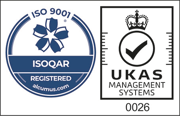
Shaped Catalyst Body Preparation. Zeolite HZSM-5 (ACS Materials, M38) was mixed as a dry powder with alumina (Sasol, Catapal D (Boehmite)) and the required amount of Milli-Q water to ensure an optimum solid-to-liquid ratio for extrusion (measured using a Mixer Torque Rheometer, Caleva). The paste, containing a ratio of 70:30 wt % zeolite:binder, was extruded using a Mini-Screw Extruder (Caleva), through a 2 mm (Ø) cylindrical die plate
ABSTRACT
Zeolite-based catalysts are globally employed in many industrial processes, such as in crude-oil refining and in the production of bulk chemicals. However, to be implemented in industrial reactors efficiently, zeolite powders are required to be shaped in catalyst bodies. Scale-up of zeolite catalysts into such forms comes with side effects to its overall physicochemical properties and to those of its constituting components. Although fundamental research into “technical” solid catalysts is scarce, binder effects have been reported to significantly impact their catalytic properties and lifetime. Given the large number of additional (in)organic components added in the formulation, it is somehow surprising to see that there is a distinct lack of research into the unintentional impact organic additives can have on the properties of the zeolite and the catalyst bodies in general. Here, we systematically prepared a series of alumina-bound zeolite ZSM-5-based catalyst bodies, with organic additives such as peptizing, plasticizing, and lubricating agents, to rationalize their impacts on the physicochemical properties of the shaped catalyst bodies. By utilizing a carefully selected arsenal of bulk and high-spatial resolution multiscale characterization techniques, as well as specifically sized bioinspired fluorescent nanoprobes to study pore accessibility, we clearly show that, although the organic additives achieve their primary function of a mechanically robust material, uncontrolled processes are taking place in parallel. We reveal that the extrusion process can lead to zeolite dealumination (from acid peptizing treatment, and localized steaming upon calcination); meso- and macropore structural rearrangement (via burning-out of organic plasticizing and lubricating agents upon calcination); and abating of known alumina binder effects (via scavenging of Al species via chelating lubricating agents), which significantly impact catalytic performance. Understanding the mechanisms behind such effects in industrial-grade catalyst formulations can lead to enhanced design of these important materials, which can improve process efficiency in a vast range of industrial catalytic reactions.


Leave A Comment